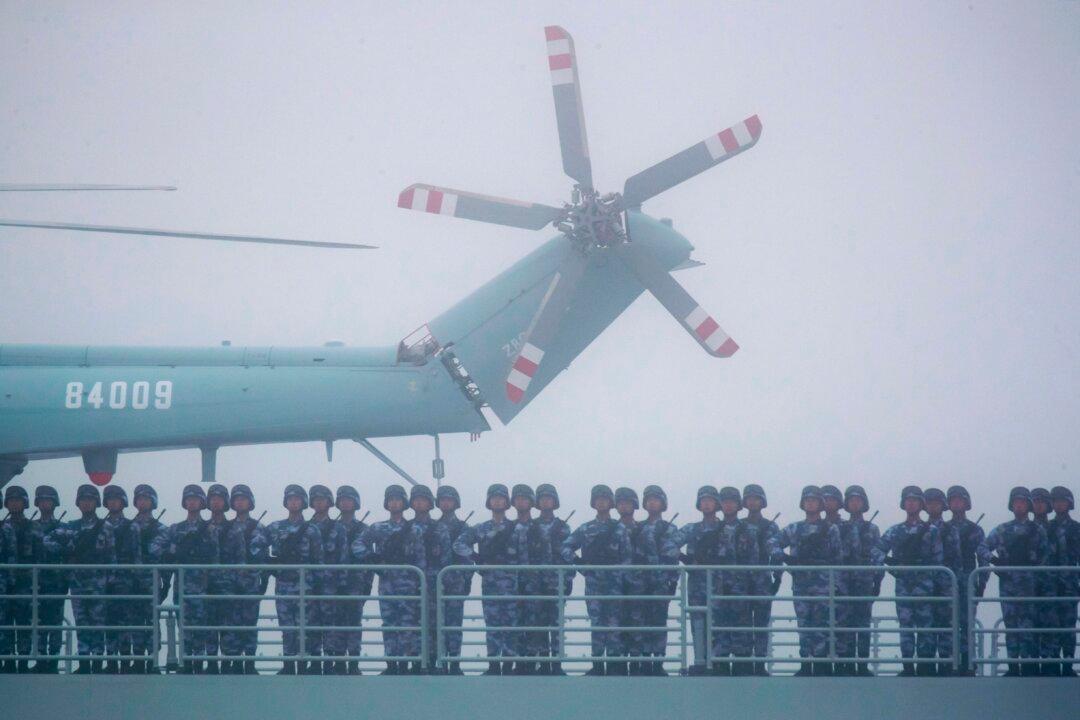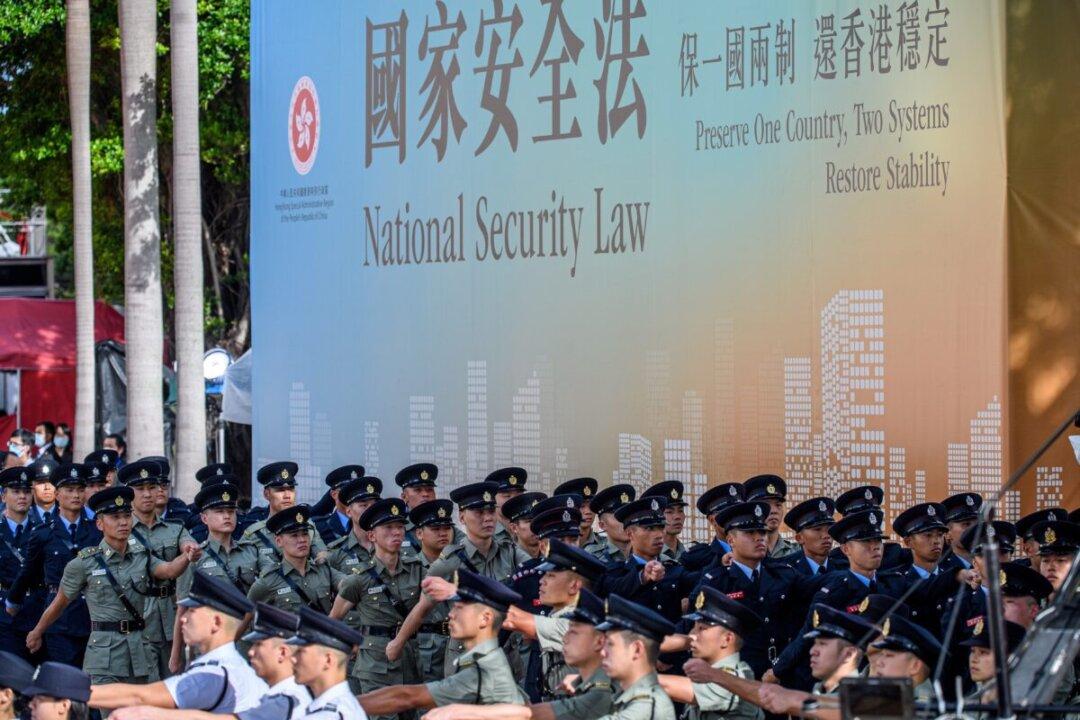The Chinese regime recently unveiled three new warships to commemorate the 72nd anniversary of the founding of the Chinese Navy. The ships will be part of the regime’s South China Sea fleet. One Chinese media outlet claims that the move is meant to intimidate Taiwan, neighboring countries in the Indo-Pacific region, and the United States.
The three warships unveiled by Xi on April 23 are Changzheng-18, a Type 094A ballistic missile submarine; Dalian, a Type 055 destroyer; and Hainan, a Type 075 amphibious assault ship. Xi attended the commissioning ceremony, and personally presented the CCP’s military flag and naming certificates to the captains and political commissars of the new ships.





